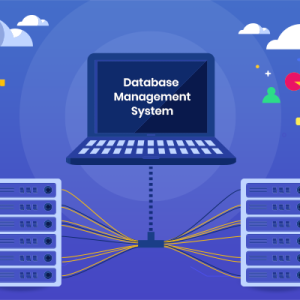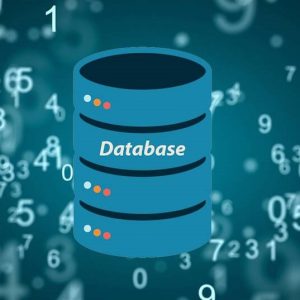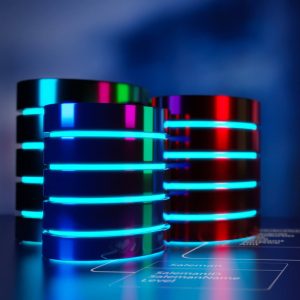Description
Environment Variables File
The Environment Variables File is used to define application settings dynamically at runtime, making it easier to manage different environments such as development, testing, and production.
What Problem Does It Solve?
Embedding credentials and settings in source code can lead to security risks and make deployments inflexible. Environment variables provide a secure and modular way to handle configuration values.
About the Code Language
Environment variable files (.env) are plain text files containing key-value pairs that applications can read at runtime. They are used in various languages and frameworks, including Node.js, Python, and Docker.
How to Customize and Use
1. Define Environment-Specific Settings:
Separate development, staging, and production configurations.
2. Store Sensitive Credentials Securely:
Avoid hardcoding API keys and passwords in source code.
3. Integrate with Deployment Systems:
Use .env files in Docker, Kubernetes, and cloud services.
4. Use a .gitignore File:
Prevent accidental commits of sensitive .env files.
5. Load Variables at Runtime:
Many frameworks automatically read .env files upon startup.
6. Ensure Proper Permissions:
Restrict access to .env files to prevent unauthorized access.
Conclusion
Environment Variables Files provide a secure, scalable, and modular way to manage application configurations, ensuring separation between code and settings.








Chidinma –
“This environment variables file is a fantastic tool for streamlining server setup. As a solo developer, I found it incredibly helpful for managing my application’s configuration. Separating secrets and environment-specific settings from the codebase made deployments so much smoother, especially when working with Docker. The support for the standard .env format was also a major plus. A must-have for anyone looking to simplify their workflow and improve security.”
Basirat –
“This simple environment variables file has been an absolute godsend for managing my solo projects. I’m now easily able to keep API keys secure, switch between development and production settings with a single change, and even deploy containerized applications without hardcoding sensitive information. It’s streamlined my workflow and made configuration management a breeze.”
Suwaiba –
“This ‘Environment Variables File’ has been an absolute lifesaver for me as a solo developer! Managing configurations used to be a nightmare, especially juggling API keys and different application modes. Now, with its simple support for .env files and the ability to define settings, I can easily separate configurations from my code, making everything cleaner and much more manageable. It’s streamlined my workflow and improved my application’s security. I’m incredibly happy with this!”